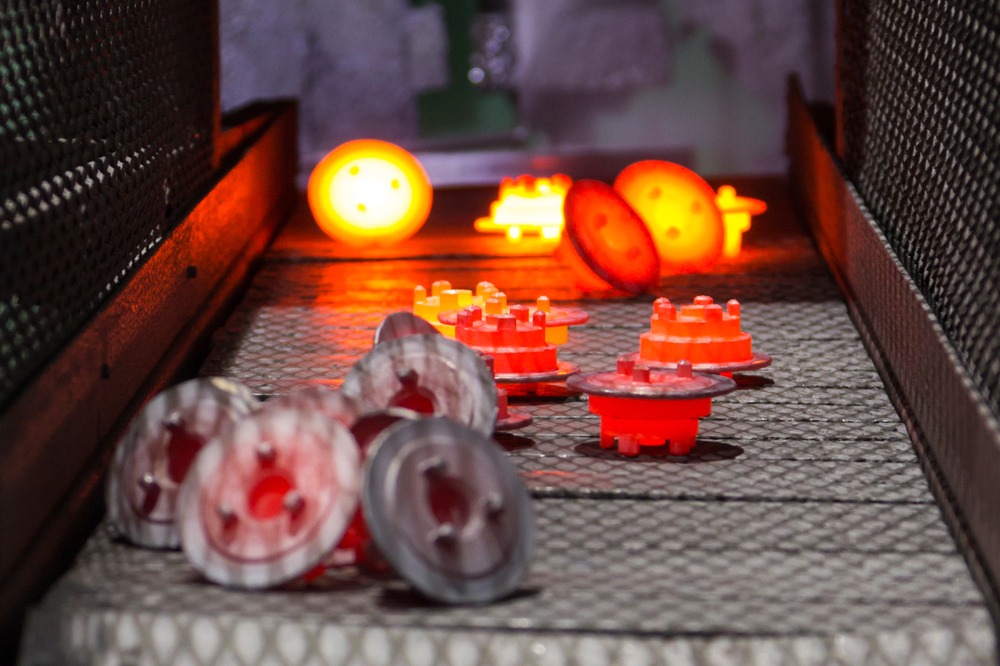Ancient civilizations used the forging process to create various final products with unique qualities. Modern forging processes, such as carbon steel forging or hollow forging, are enhanced by machines and hydraulic hammers, which enable steel production and other metals. Forging is one of the more important metalworking techniques in the metal manufacturing sector. Particularly important to the iron and steel sectors, it is a huge productivity source. Any metal can be forged, although some metals and alloys are more appropriate for particular uses, such as carbon, brass, aluminium, copper, etc.
Carbon Steel Forging
Forgings manufactured by choosing among the four steel grades are called carbon steel forgings.
Carbon steel is a steel that has variable amounts of carbon incorporated into the steel.
- Mild or low carbon steel has a carbon concentration of 0.05% to 0.25% and a maximum manganese level of 0.4%. (e.g. AISI 1020 steel). Cheaper and simpler to shape but less robust, and its surface hardness can be increased by carburizing.
- Medium carbon steel has a carbon concentration between 0.29% and 0.54% and a manganese value between 0.60 and 1.65% (e.g. AISI 1045 steel). It is used for large parts, forging, and auto parts; balances ductility and strength; and is known for good wear resistance.
- High-carbon steel has a manganese level of 0.30 to 0.90% and a carbon content of around 0.55% to 0.95%. High-strength wires and springs are made of this extremely robust material.
Hollow Forging
Expanding or lengthening a heated workpiece over a mandrel to create hollow, spherical
components that resemble tubes are known as hollow forging.
- Making an upset perform is the first step in forging a hollow tube. Next, the centre is punched out.
- The material is then expanded with the aid of a mandrel until the necessary dimensions are achieved.
- Then, the use of the back-extrusion method to create hollow tubes is done, which causes the preform to flow into a die in the opposite direction from the tool.
Mandrel, punching, and piercing are all used throughout the forging process to create hollow
pipes. These forged pipes have good strength, and this process may also manufacture pipes with
thick walls while still being very cost-effective.
Features of Carbon Steel and Hollow Forging
| Carbon Steel Forging | Hollow Forging |
| Carbon steel is mostly utilised in the closed die forging process because of its excellent strength, machinability, and other qualities. | Such bars can take the place of centrifugal castings, which frequently fall short of the requisite levels of strength and integrity. |
Comparatively speaking, carbon steel forgings have a cheaper material cost than other steel forgings. So, carbon steel forgings made of carbon steel are more durable and effective in applications requiring high temperatures and pressures because of its structural integrity. | As a customer, you can save time, money, and material by not needing to perform any extra machining on the hollow’s internal diameter, as it is forged rather than bored from a solid bar. |
Conclusion
Customers have numerous alternatives when choosing a form of forging to create a crucial metal component. Making the best decision might be difficult because each technique has unique benefits and drawbacks concerning costs and logistics. Go through this article about carbon steel forging and hollow forging before making your decision.

